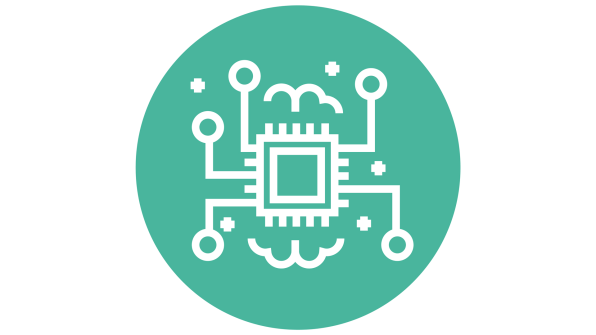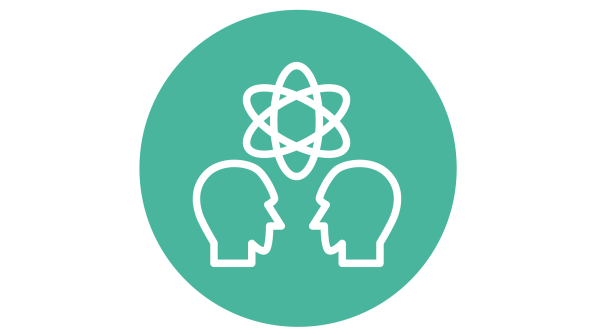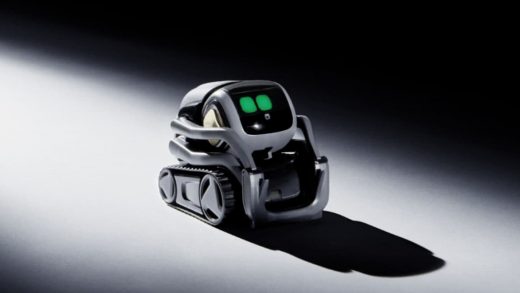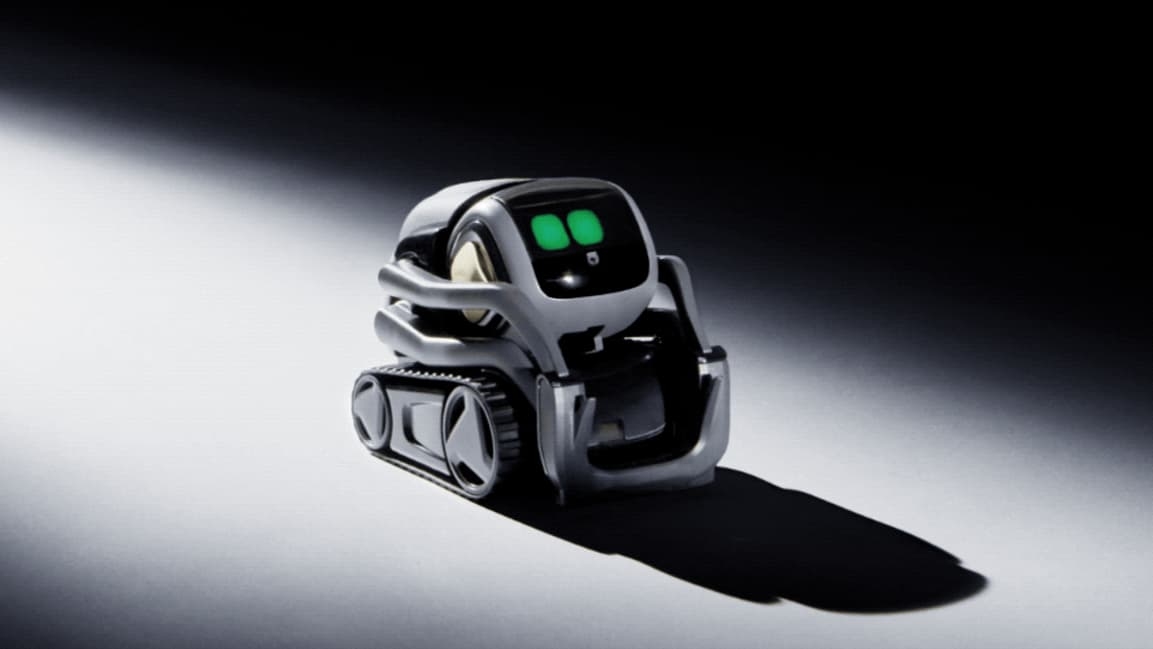Anki’s best-selling toy bot just got a whole lot smarter
Since its founding in 2010 by three Carnegie Mellon Robotics Institute grads, Anki has been at the forefront of realizing our robot-in-the-home reality—through disarmingly adorable toys. The company’s two-year-old Cozmo ($180), a manic little bulldozer bot that drives around and plays simple games, was the best-selling toy, by revenue, on Amazon in the U.S., U.K., and France in 2017, according to analysis by One Click Retail, and helped Anki bring in nearly $100 million in revenue last year. This October, Anki is releasing the $250 Vector. The palm-size bot looks like Cozmo, but inside it’s entirely different. The company spent years imbuing Vector with a humanlike ability to react and engage with both its environment and people. It’s designed for play—and a whole lot more. “We’ve always known that this is not a toy company,” says cofounder and CEO Boris Sofman.

Cartography capability
Using an infrared laser scanner, Vector builds a digital representation of its environment through a process called simultaneous localization and mapping (SLAM). Drop sensors allow it to drive across a tabletop, say, and stop just before the edge. “We want him to be inquisitive, to map his environment,” says Meghan McDowell, Anki’s director of program management.

Processing power
Vector’s brain, a quad-core Qualcomm Snapdragon 212 chip, allows the bot to run a neural network that’s being trained to understand the world around it; online updates will further deepen its visual intelligence. The big achievement for launch: Vector detects people, even when faces aren’t visible.

A subtle personality
Vector responds to stimulation, such as conversation and eye contact, and picks up on smaller cues: peripheral movement, noises, or lights turning on and off. Anki uses an online natural-language processing service to translate more complex human commands. These inputs feed into an emotional graph that determines how Vector should “feel” in any given situation and allows it to improvise a response.

Hearing aids
Vector has a four-microphone array on top, allowing it to discern the direction of sounds and react to simple voice commands. When connected to Wi-Fi, Vector can display weather information, set a timer, and offer spoken answers to questions like, “What is the capital of Idaho?” In the future, it could be used as a voice control for connected-home devices.

Windows to the soul
Vector’s cartoon eyes, represented on a 184-by-96-pixel screen, appear to scan its surroundings and respond to commands by opening and closing. The robot actually sees via a 720p wide-angle video camera mounted just below the screen. If the bot makes eye contact with a human, it becomes animated, making its signature gibberish sounds or raising its “arms” for a fist-bump.
(23)



